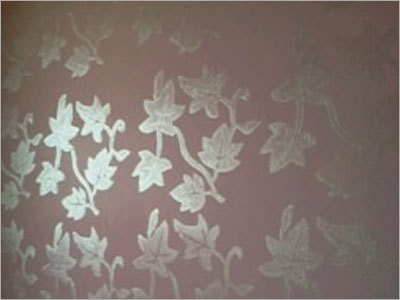

To start applying materials to your model, follow these steps: You apply materials to your model with the Paint Bucket tool ( ), which you find in the following parts of SketchUp’s interface: Windows If you’re painting groups or components, check out the tips at the end of this section, which can make applying materials even easier.

You can also edit a material’s opacity, which controls how opaque or transparent the material is.

For example, you can change the siding color (how does yellow look?) but keep the same texture. Edit the material: Because the color and texture are separate, you can change them independently of each other.You can swap the roofing material for shingles quickly and easily. Replace one material with another: Say you want to show a metal roof instead of shingles.2 - Material Picker - MacOSĪfter you apply materials like these to your model, the special capabilities of SketchUp’s materials can help you do any of the following: The siding and grass are also materials that have a color and texture. For example, in the following figure, the roofing material has a blue color and a texture that simulates metal roofing. Materials are essentially paints that have a color and optional texture (defined within an image file). To add detail and realism to your models, SketchUp enables you to paint materials on faces. SketchUp Hardware and Software RequirementsĪdding Colors and Textures with Materials.Using SketchUp Data with Other Modeling Programs or Tools.Modeling Terrain and Other Rounded Shapes.Using SketchUp’s Generate Report Service.Placing Movie Cameras in a Model of a Production Set.Developing Components and Dynamic Components.Adding Premade Components and Dynamic Components.Getting Started with Modeling from Trimble Vision Imagery.SketchUp Image Igloo View: Navigating between scenes.Matching a Photo to a Model (or a Model to a Photo).Adding Colors and Textures with Materials.Applying Colors, Photos, Materials, and Textures.


 0 kommentar(er)
0 kommentar(er)
